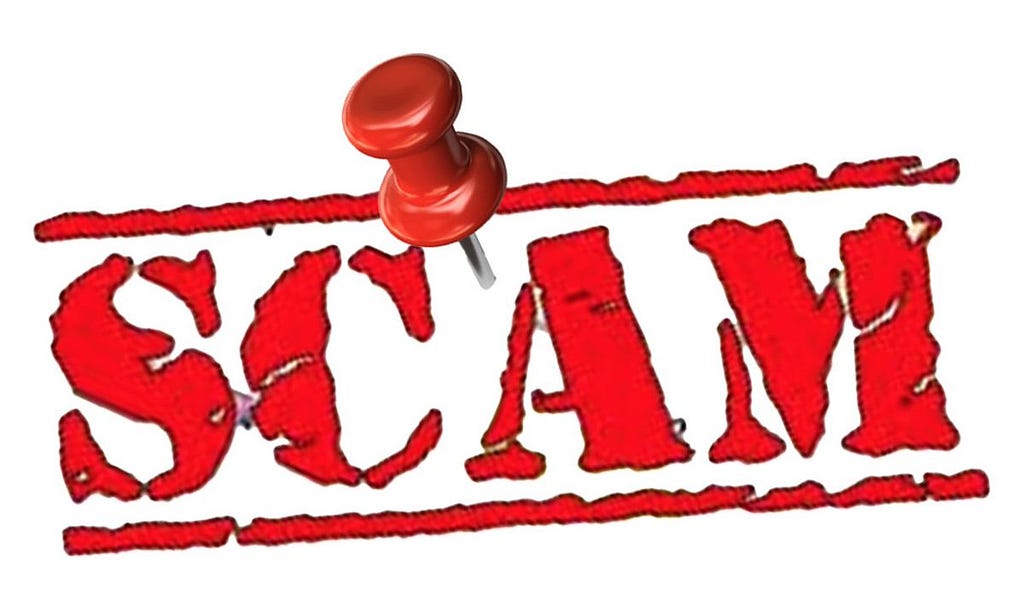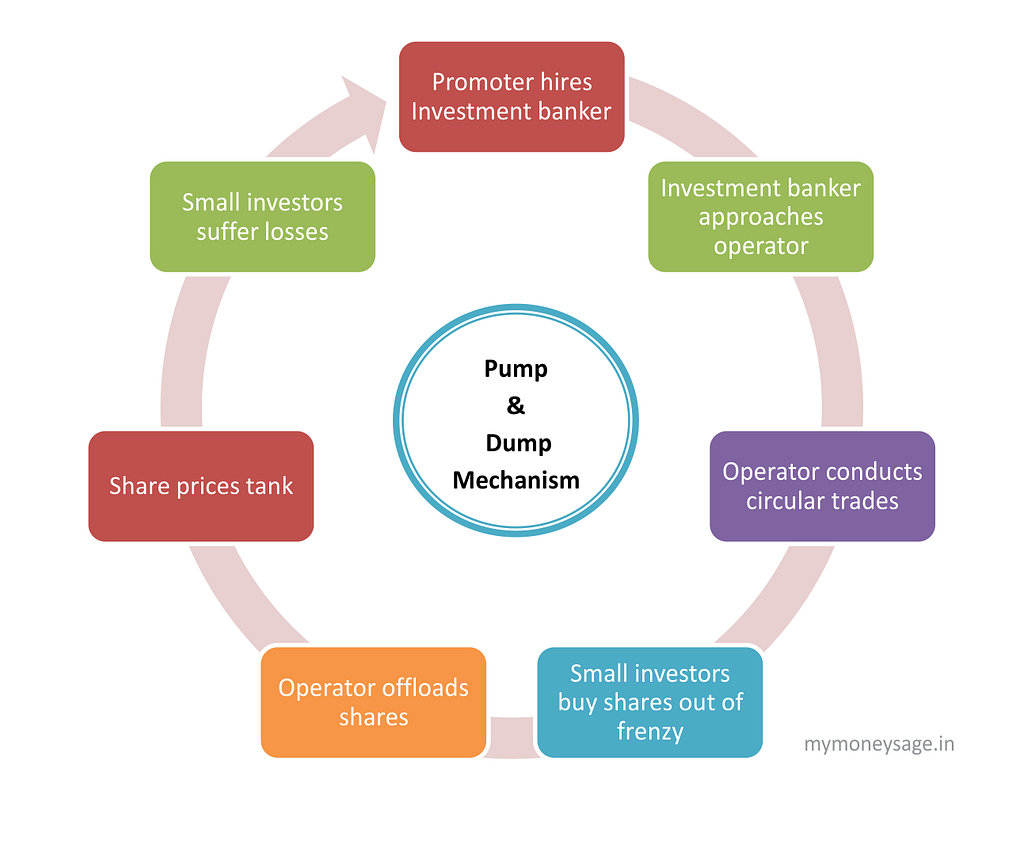Latest news about Bitcoin and all cryptocurrencies. Your daily crypto news habit.
 Source: Twitter
Source: Twitter
A recent ICO which offered ownership in tea sales of a particular kind to the investors has been outed as a scam. The ICO did not have the stocks that they advertised and regularly cooked up and served numbers. They were calling it Pu’er tokens, after the brand of tea that they claimed to tokenize.
The Pu’er team defrauded a total of 3,000 Chinese investors and the sum of amount swindled was roughly $47 million.
The key takeaways from this scam were:
- Where there’s smoke, there’s fire — The China’s State Administration for Market Regulation, a governmental body to ensure healthy market competition had repeatedly warned the Pu’er team regarding their marketing tactics but received no response.
- There’s more to worry about than pyramid schemes — Buoyed by the success of several ICOs of 2016 which raised fantastic sums of money on the basis of the white papers alone, several fraudsters have latched on to this idea and dish out to-good-to-be-true claims. The Pu’er team was fined $20 million in fine by the Chinese authorities and they did not budge. When China cannot make a defaulter pay, you should start worrying about the claims made by an ICO
- Manipulation in the Secondary Markets is real — Once the ICO completes, the token gets listed on an exchange to be traded in accordance with the principles of a laissez faire market. Since the token ownership is limited at best, the potential for token manipulation is huge.
With up to 50–60% tokens locked up in company reserves under one name or the other, and another 10–20% tokens allocated to private investors, the actual number of tokens held by the general crypto-public comes to around 10–15%.
This allows the potential to swing the market price. For example, when a coin gets listed, the bounty hunters tend to cash out by selling their tokens. To counter this, the ICO company puts in their own money to buy the tokens and create artificial scarcity. Also, this transfers another 2–5% ownership of the tokens to the company.Next, they indulge in circular trading and make money by scalping newbie traders.
4. There are always newbie traders who will be parted from their money — There is a reason why FOMO is a word in the crypto-verse. My aunt bought bitcoin in November 2018. She was probably the happiest woman on earth on December 9th. Today, she’s only 33% happy. She never cashed out. Apparently, she didn’t know how to buy/sell on an exchange. She had bought it from a local dealer. Of course, my aunt won’t invest in altcoins but someone’s aunt will, and there a plenty of aunts and uncles in this world.
5. Alphas, Betas, and Proof-of-Concept cannot prevent a scam — With the rising tide in favour of STOs, it is an asset which will be tokenised. Such asset tokenisations and asset-adjacent tokenisations have minimal requirements for creating the alpha/beta version to placate the investors.
In sum, the Pu’er scam has been another learning opportunity for ICO consultants and ICO investors alike.
There are no hard and fast rules which can deem a project trustworthy or otherwise. The lack of clear government oversight takes its toll and emboldens scamsters.
There is only one way to ascertain the credibility of any investment you consider and that is what has existed since the beginning of investing — Do your Due Diligence. Instead of looking for reasons to invest, look for reason why you should not invest.
 Source: kayf.gaIf this list is not more than 3 reason, you should be fine, since no one’s perfect.I’m sharing my little guide to investing which was co-developed with several admins of crypto-pools (a crypto-pool is a group of telegram users that invest together in sums higher than 500 ETH). It has only five bullet points and that is all you need to verify the credibility of the ICO:
Source: kayf.gaIf this list is not more than 3 reason, you should be fine, since no one’s perfect.I’m sharing my little guide to investing which was co-developed with several admins of crypto-pools (a crypto-pool is a group of telegram users that invest together in sums higher than 500 ETH). It has only five bullet points and that is all you need to verify the credibility of the ICO:
- Community Engagement — Check out the Telegram group of the ICO and scan its chatter. Are the people enthusiastic? Is the number of members over 2000? Are the people asking relevant questions? And most importantly, are the members receiving polite answers?
- White Paper — Is the white paper bereft of errors? Does the business model make sense? Has the industry overview been provided? Is the tokenomics and token distribution transparent?
- Website — Is it secure? Is it getting hits? Is it regularly updated? Is it aligned with the white paper?
- Project Roadmap — Investor interest must be inversely proportional to the development requirements of the product. Is the MVP ready? If the bulk of the product development is slated to be started after raising funds, it’s a red flag for the private investors and so should it be for you.
- Team Profiles — Does the team have prior experience in the industry which they are disrupting? Does the team have legitimate advisors who are not just 'crypto-advisors' but are actually banking advisors/fintech advisors and so on and so forth.
Just ask yourself these questions and you can save $100 which is the cost of a lecture that teaches you the same thing on udemy.
Learnings from a $47 Million ICO SCAM was originally published in Hacker Noon on Medium, where people are continuing the conversation by highlighting and responding to this story.
Disclaimer
The views and opinions expressed in this article are solely those of the authors and do not reflect the views of Bitcoin Insider. Every investment and trading move involves risk - this is especially true for cryptocurrencies given their volatility. We strongly advise our readers to conduct their own research when making a decision.

